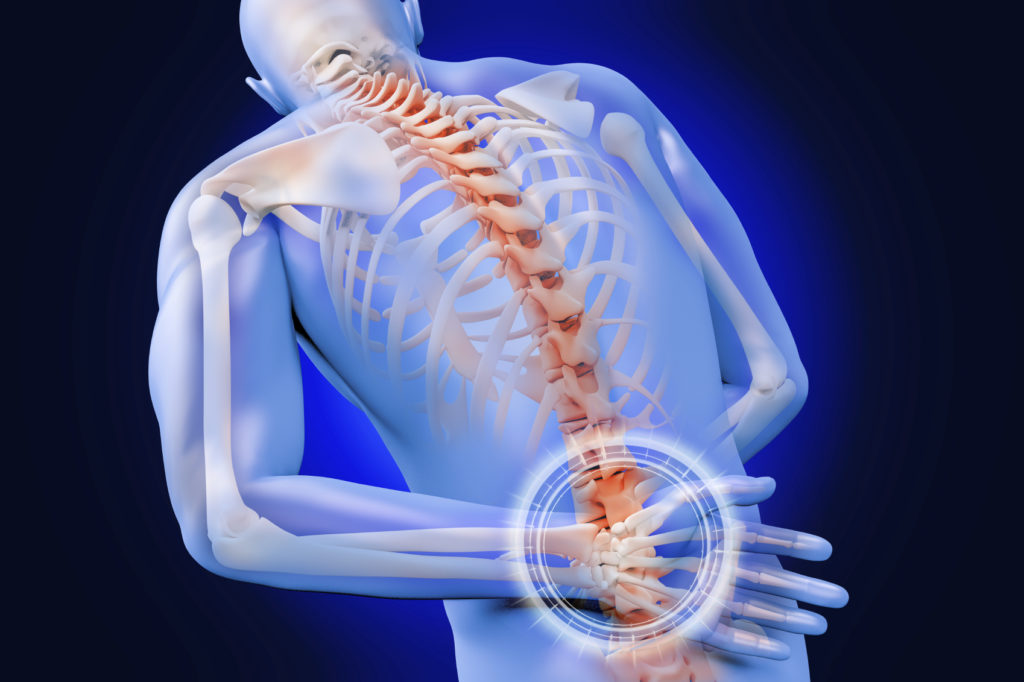
Your spine is potentially one of the most important parts of your body, it’s also incredibly complex. There are numerous small bones, known as vertebrae with soft discs between them. Together, this system makes your spine strong enough to support your body and yet flexible enough to allow movement in almost any direction.
Unfortunately, your spine also faces a lot of pressure throughout your life. Lifting incorrectly, sitting too much, and various other things can cause your discs to slip or herniate, it can be incredibly painful.
Understanding Spinal Fusion
When a disc has slipped or herniated it will often repair itself. However, if it doesn’t you will experience large amounts of pain as your vertebrae compress against each other without the soft cushion.
Unfortunately, a disc that won’t heal is best removed, allowing spinal fusion to be performed. There were over 14,000 spinal fusions performed between 2015-2018. The same is true if you have a spinal deformity or instability for some reason.
With the disc removed, two bones in your spine will rub against each other. To prevent this pain and further damage, a good spine surgeon will perform a spinal fusion. This effectively fuses the two vertebrae together, eliminating movement between them. It’s usually done with bone graft material and the vertebrae may be held in place with rods while it heals. This is usually the case when there is weakness in the spine and it needs additional support. The graft encourages bone to grow, connecting the vertebrae.
The procedure should eliminate the pain but will reduce flexibility slightly.
You’ll have to be careful during the recovery process.
Getting Home
Although spinal fusion is a common operation it still comes with risks. In addition, you’re under general anaesthetic while the operation is being done. That means you can expect to stay in hospital for 2-4 days after surgery.
It is essential that you are picked up and taken home, you won’t be allowed to drive for at least two weeks.
If you have a sedentary job you can expect to be back at work in 4-6 weeks. However, it can take as long as 3 months before you can return to physically demanding jobs.
It should be noted that this will be in conjunction with your spine surgeon. The bone graft encourages bone growth between the vertebrae but it can take 3-6 months for this to happen. In fact, it can take as long as 18 months for the bone to solidify completely and be considered fully healed.
Daily Chores
You’re going to feel stiff and painful. But, most importantly, you need to avoid placing strain on that section of your spine. That means, one of the most important factors in a speedy recovery is avoiding bending.
Before your surgery consider your daily chores and move things around to ensure that everything is easy to reach without bending. The more you plan ahead regarding daily chores and even meals, the easier you’ll find it to cope while you recover.
In some cases, if this is impossible, you’ll need to look at getting help while you recover.
Exercise
You’re not going to start going for a run straight away! However, people who have experienced spinal fusion can usually return to exercise within 3-6 months, even weightlifting. The key is to get approval from your doctor first.
While intense exercise is out, walking is not. In fact, the doctors will encourage you to walk in the hospital within the first day or two.
You are likely to be assigned a physiotherapist. They can help decide if you need walking aids while you recover. They will also illustrate exercises to help your recovery, along with showing you how best to sit and stand.
Walking as much as possible is the best way to help your spine heal.
Sleep
When you first return home you may find it is hard to sleep. This will be partly because your back will be very painful. It is also because your spine needs to be kept straight worrying about this can make it hard to settle. You’ll be shown the log-roll technique. It involves sitting on the edge of the bed, lowering your head while lifting your legs, and then rolling onto your back. By keeping your knees together you’ll keep your spine straight.
Keeping In Touch
During the recovery process, you’ll have regular visits to your spine surgeon to verify that everything is healing properly. You should mention any aches and pains to help ensure your surgeon gives the best advice and you heal properly. You can eventually return to a normal life.
Leave a Reply